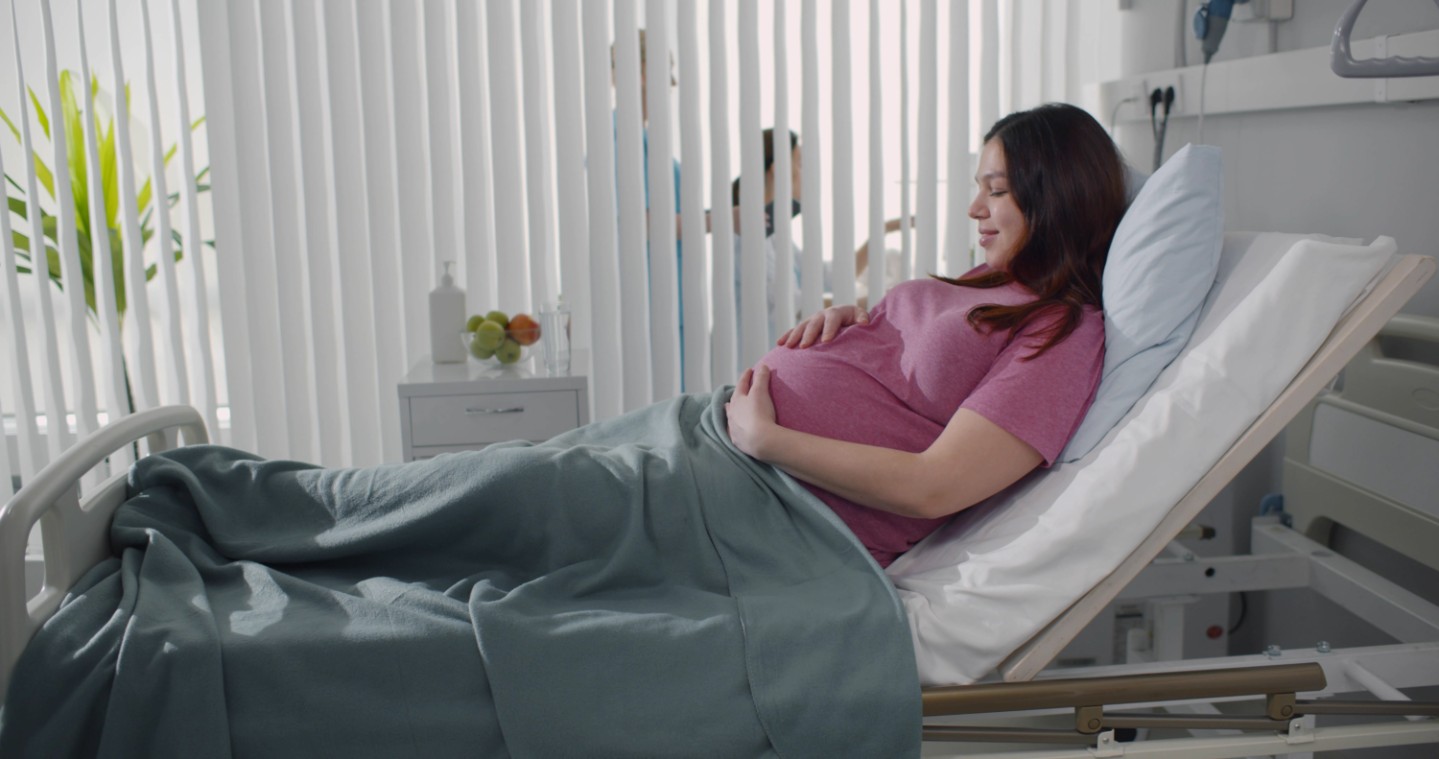Strength Training: Why it is Important for Moms
NOV 05, 2025Progressive overload means consistently challenging your muscles to do a little bit more than they're used to.
Read More
If you've had a Cesarean birth (C-section) in the past, you might be wondering about your options for future deliveries. One option to consider is a Trial of Labor After Cesarean (TOLAC), with the goal of achieving a Vaginal Birth After Cesarean (VBAC). This blog post will break down what TOLAC and VBAC are, the benefits and risks involved, and what to consider when making this important decision.
TOLAC stands for Trial of Labor After Cesarean. It means you're attempting to deliver vaginally after having had a previous C-section. Instead of scheduling a repeat C-section, you'll go into labor and your medical team will monitor you and your baby closely to see if a vaginal delivery is possible.
VBAC stands for Vaginal Birth After Cesarean. It's the successful outcome of a TOLAC – meaning you've delivered your baby vaginally after having had a previous C-section.
There are several reasons why women choose to pursue a TOLAC/VBAC:
While VBAC offers many benefits, it's essential to be aware of the potential risks:
Not everyone is a good candidate for TOLAC/VBAC. Your doctor will assess your individual circumstances to determine if it's a safe option for you. Factors that may make you a good candidate include:
If you're considering TOLAC/VBAC, it's crucial to have an open and honest conversation with your doctor. Here are some questions to ask:
Deciding whether to pursue TOLAC/VBAC is a personal one. It's important to weigh the benefits and risks carefully and discuss your options with your doctor. Consider your individual circumstances, your medical history, and your personal preferences.
TOLAC/VBAC can be a safe and empowering option for women who have had a previous C-section. By understanding the benefits and risks, and by having an open conversation with your doctor, you can make an informed decision that's right for you and your baby. Remember to choose a supportive care provider and a hospital equipped to handle both vaginal births and emergency C-sections. Reach out to our CHI Health Women's Health team with more questions.

Progressive overload means consistently challenging your muscles to do a little bit more than they're used to.
Read More
A Nurse Practitioner answers your essential mammogram questions. Understand timing, prep, the procedure, callbacks, and financial options.
Read More
Radiotherapy is a finely tuned, powerful partner that can work with your surgery to give you the best possible outcome for breast cancer.
Read MoreWhen you need local health information from a trusted source, turn to the CHI Health Better You eNewsletter.